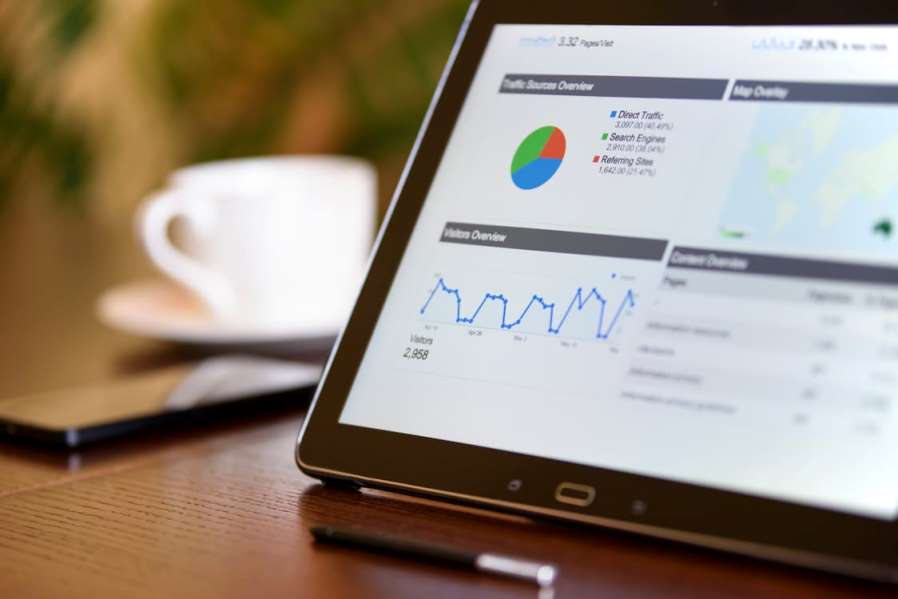After a media campaign, or in a periodic evaluation of press management, any head of a communications team usually wants to know their results so they can improve the next time around. With this issue in mind, we would like to share with you several guidelines used by our clients to create Communication Reports, which will allow you to familiarise yourself with the current situation of the company and define a future media strategy. In other words, now is the time to analyse whether your media strategy is on the right track, or conversely, whether it needs to be changed for future campaigns. This is the structure we propose:
In this article you’ll learn…
Global Summary
A good way to begin the communication report is by creating an “Executive Summary.” This summary is to give an overview of the volume of global appearances of your business. Ideally this summary should compare one time period with the same time period. However, this may vary for each company, since this comparison can be made with data you wish to highlight: yearly, quarterly, or half-yearly.
An effective approach to this opening section is to create a numerical breakdown of appearances by media type: internet, newspaper, magazine, blog, TV, radio, etc.,as the first exercise for studying your strengths and weaknesses, and where to draw from when creating new work guidelines for the future. Did I have fewer appearances in magazines this year? What caused this? Have my appearances in press agencies gone up 300%? What have I done to continue the themes of my work?

Usually, these summaries contain a recount of the total appearances in press, including both online and offline, but how you calculate this information depends on your individual tastes. From our point of view, it´s more practical to create a total recount of the number of times that the press has used information related to your business, because that way in this first section we can see in a single viewing, on a global scale, the results obtained after all the work done previously.
Analysis of yearly trends
Now it’s time for your PR report to become more detailed by developing a “Trend Analysis” to closely examine the patterns you’ve discovered. For example, it’s good to look at which months had the highest number of PR mentions: are they linked to any particular cause? Perhaps it was a product launch or an event that your brand put on a few months ago.
Continuing with this analysis, we should consider that at the present time—even though you may be analysing a trimester—it’s helpful to show the evolution of your media appearances throughout the year to create a benchmark. This way you will see the data in a progressive format and know the months that you performed best and which months could use a little more work.

report example: evolution of appearances
When creating this graph, one good option would be to include the reason you’ve appeared in these publications. In other words, if we received PR mentions because we launched a new product, or if there was some kind of crisis. A filtering process used to qualify your media mentions is completely necessary to get a deep understanding of your brand’s overall reputation in the press.

The tone used by the press when talking about your brand should be studied extensively—it’s not the same if a journalist writes a raving review about your product or if a blogger is badmouthing your brand and blasting it on social media. Negative press could result in a communication crisis. You’ve got to monitor those things. Our Customer Care Director, Sandra de los Mozos, has told us that the vast majority of our clients create a favorability report which shows the tone used to talk about them.
Making sure your report is consistently updated helps you to avoid being in the awkward position of having to create a communication report “on the fly.” Consider it as a work-in-progress. Using Communication Suite tools gives you the option to classify the nature of a media mention as “positive, neutral, or negative” to determine how specific media outlets perceive your brand.
This is convenient during crisis cases or simply to keep track negative comments and publications. You never know what will happen in the future, but knowing who your brand’s allies and enemies are is key. It’s a good way to know which type of media you need to take special care of during moments of “information attack.”
And this was only part one—in the second part of our post we will go into more detail. If you’re interested, tell us your thoughts on the most effective format to generate a Communication Report.

Rae S.
I love this! In your opinion, what is the best way to properly populate the number of impressions for print, digital, and social media after an event? How do you know that by gathering all of the appearances and just adding it up, that it is an accurate number?
Thank you!
Oline Abildstrom
Hi Ray, Thanks so much for your comment! This article is pretty old (from 2013) and things have changed a lot since then. From our experience developing measurement tools, I would tell you the number of mentions you get is still important, however, it’s needed to have a mix of quantitative and qualitative analysis. The best option to have a real result of your PR efforts is to get data about what impact these mentions are having. We suggest doing that through the Influencers impact, measuring not only their community volume (which we know is relative) but their ability to generate reactions and what we call the “share of voice” or participation in conversations based on a specific topic.
Hope it helps!